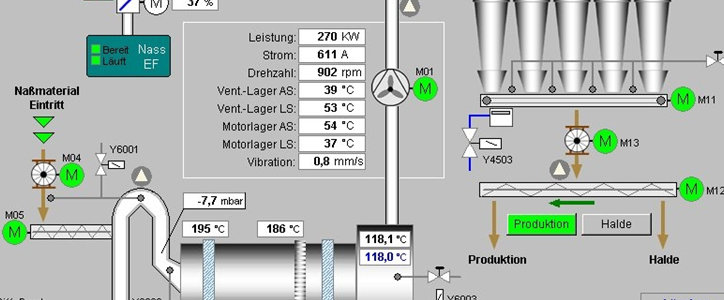novel development of expressivism as a proposal
about the meaning of normative language. discharge
expressivism’s linguistic commitments (particularly as they relate to the Frege-
Geach problem), while avoiding some pitfalls of earlier attempts. We also try
to characterize how, precisely, expressivism’s commitments regarding the meaning
and communicative function of normative language are to be understood—
how, by the same token, expressivism’s critics (with not infrequent assistance from
expressivists themselves) may be misinterpreting those commitments. We thus
gain a fuller understanding of the empirical content of expressivist treatments of
meaning—within, but also outside of, the normative realm.
Show me how you do it in the factual realm, and I’ll mimic you in
the normative realm. --------------Expressivism, as a view about the meaning of normative sentences, incurs an array
of linguistic commitments. These have been the subject of an enormous amount of
attention in the meta-ethical literature, a good deal of it critical. Some critics have
observed that expressivists’ attempts to discharge them are wanting. Others argue,
more strongly, that they cannot be discharged in any sort of satisfactory way.
This essay is a defense, of sorts, of expressivism in meta-ethics, primarily
against the latter critic’s attacks. It comprises a novel development of expressivism
as a proposal about the semantics and pragmatics (and, more generally, meaning)
of normative language. Our goal is to show, by example, how to discharge the linguistic
commitments of expressivism, while avoiding the pitfalls of earlier attempts
to do the same. In demonstrating the possibility of a reasonably attractive linguistic
development of the expressivist meta-ethic, we will also try to characterize how,
precisely, expressivism’s commitments regarding the meaning and communicative
function of normative language ought to be understood—how, by the same token,
expressivism’s critics (with not infrequent assistance from expressivists themselves)
may bemisinterpreting those commitments. In addition to an attractive development
of an expressivist view about normative sentence-meaning, then, we aim to gain a
fuller, and more precise, understanding of the empirical content of expressivist treatments
of meaning—within, but also outside of, the normative realm.


 on him, which did show somewhat anomalous results
on him, which did show somewhat anomalous results
 issa ja issakin sähäkältä kaunottarelta voidaan odottaa mitä vain.
issa ja issakin sähäkältä kaunottarelta voidaan odottaa mitä vain. The investment arms of the CIA and Google are both backing a company that monitors the web in real time — and says it uses that information to predict the future.
The investment arms of the CIA and Google are both backing a company that monitors the web in real time — and says it uses that information to predict the future.
 Wanna be in a movie? There's a little movie called Droidster being filmed in the neighborhood about hipster robots that come out of basements, kidnap people, and turn them into robots.
Wanna be in a movie? There's a little movie called Droidster being filmed in the neighborhood about hipster robots that come out of basements, kidnap people, and turn them into robots. 





